Kitchen lighting plays an essential role in the functionality and comfort of this space, whether for cooking, washing or simply sharing a friendly moment. A good arrangement of spotlights, strips, and other lamps allows you to optimize the brightness and create a pleasant atmosphere.
The kitchen, the true heart of the home, deserves well-thought-out lighting that combines both efficiency and design. In this article, we will see how to design perfect kitchen lighting and how to strategically position each light source for optimal visual effect.
Why is it essential to position lighting correctly in the kitchen?
Importance of light distribution in a kitchen
Each light point in the kitchen has a very specific role. Lighting must be designed to provide both visual comfort and safety. For example, a spotlight well placed above the worktop helps avoid annoying shadows when preparing meals .
Areas such as the cupboard, drawer or niche must also be well lit to facilitate their use. By choosing cool white temperature lamps for work areas and warmer lighting for convivial moments, you provide light adapted to each activity in the kitchen.
This will help limit visual fatigue and allow you to take full advantage of your space.
The consequences of poor lighting in a kitchen
Poorly positioned lamps and spotlights can quickly make cooking less practical and less enjoyable. Insufficient light can raise safety issues, especially when handling sharp or hot objects.
In addition, poorly directed light can create annoying shadows on the worktop , table, or in cupboards, making certain tasks more difficult to perform. It can also lead to increased visual fatigue, especially when natural daylight is low.
To avoid these mistakes, it is crucial to carefully plan the location of each light point and follow a lighting guide adapted to the configuration of your kitchen.
The three types of lighting to combine in a kitchen
General lighting
General lighting is the main source of light in a kitchen. It must be sufficient to illuminate the entire room, while creating a pleasant atmosphere. This type of lighting can be provided by recessed spotlights , strip lights or even pendant lights.
For open kitchens, using a light rail allows light to be diffused evenly throughout the space. If you opt for a false ceiling , it is possible to integrate spotlights for discreet and effective lighting.
You can also play with energy-efficient light bulb designs, such as LEDs, to reduce environmental impact while maximizing brightness.
Functional lighting
Task lighting , or spot lighting, is crucial in areas where you perform specific tasks like meal prep or dishwashing. Using LED strip lights under cabinets or light strips can provide direct light to the worktop .
This type of lighting must be powerful enough to allow good visibility, without creating annoying shadows. It is also important to have lighting above the hood, to optimize visibility during cooking.
By strategically placing spotlights, you guarantee precise light that provides unparalleled working comfort.
Mood or decorative lighting
Mood or decorative lighting plays an important role in the kitchen, particularly to create a feeling of warmth and conviviality. This lighting can be provided by LED strips integrated under the furniture, adjustable spotlights or even strips positioned along the plinths.
You can also opt for more original lighting models, such as hanging lamps above the table or the central island , to play on light contrasts.
Well-thought-out mood lighting will transform your kitchen into a truly designer space, while remaining functional.
Where to position your light sources in a kitchen?
Central ceiling light for general lighting
The ceiling light is often the main source of general lighting in a kitchen. It should be positioned in the center of the room to provide uniform light. For a better effect, recessed spotlights are often used, especially in a false ceiling .
Make sure to space the spotlights evenly, usually every 1.5 metres, to ensure optimal light distribution. Installing a ceiling light rail can also be considered, especially in open kitchens where diffused light is required.
For a softer light, opt for low-intensity bulbs which will create a friendly atmosphere.
Worktop lighting
The worktop is an area that must be perfectly lit, especially if you want to cook with precision. Using LED strips or strips under the high cupboards is an ideal solution to bring direct and powerful light to this surface.
It is essential to position the lights well to avoid shadows, which can interfere with food preparation. Well-placed lighting will also reduce eye strain, especially when handling sharp objects.
Finally, don't forget to add spotlights above the hood to ensure optimal visibility while cooking.
Dining area and central island
Lighting above the central island or table must combine functionality and aesthetics. Pendant lights are a perfect solution for this space, providing targeted light while playing a decorative role.
The height of the suspensions must be well calculated, generally between 75 and 90 cm above the surface, so as not to obstruct the view while providing sufficient light .
If you have a small island, you can opt for a single light fixture. On the other hand, a larger central island can accommodate several pendant lights or a light rail to better optimize the brightness.
Avoiding Common Mistakes in Kitchen Lighting Arrangement
Too much direct light
Too much direct light can quickly become uncomfortable, especially if you use bulbs that are too powerful. This can create annoying reflections on shiny surfaces such as the worktop , table, or even the hood.
To avoid this, it is recommended to opt for indirect lighting in addition to direct lighting. LED strips or adjustable spotlights will provide soft light without dazzling.
You can also install dimmers to adjust the light intensity depending on the time of day and activities.
Annoying shadows on the worktop
A common problem in kitchen lighting is the creation of shadows on work areas . This often happens when ceiling lights are not positioned correctly.
To avoid this situation, install LED strips under the cupboards or recessed spotlights directed towards the worktop . By choosing well-positioned lighting, you allow direct light that eliminates any shadows and makes meal preparation easier.
Neglecting ambient lighting
Decorative or ambient lighting is often underestimated in a kitchen. However, it allows you to play on contrasts and create a feeling of comfort. Installing LED strips under drawers, cupboards, or even skirting boards allows you to add a subtle touch of light.
Also, don't forget to place a few adjustable spotlights on the shelves to highlight certain objects or decorative accessories. By combining functional and ambient lighting , you will obtain a kitchen that is both practical and warm.
How to choose the temperature and power of lighting for the kitchen?
What color temperature for a kitchen?
Color temperature is a crucial criterion when choosing kitchen lamps. For work areas , a cool white light (between 4000 and 5000 Kelvin) is ideal to ensure optimal visibility.
On the other hand, for dining areas or relaxation areas, a warmer light (2700 to 3000 Kelvin) creates a feeling of comfort and intimacy. This combination makes it possible to adapt the lighting to the different functions of the kitchen and to provide a tailor-made atmosphere.
What lux power should I choose?
The lighting power, expressed in lux, is also an important point to take into account. For a functional kitchen, it is recommended to have between 300 and 500 lux for general lighting , and up to 700 lux for the worktop . This will provide sufficient light to work comfortably. By opting for LED strips or spotlights, you benefit from
Example of lighting design for a modern kitchen
Case study: A 15 m² kitchen
Let's take the example of a 15 m² kitchen to illustrate the ideal arrangement of light sources. For this area, general lighting with recessed spotlights evenly distributed on the ceiling will be perfect.
The worktop will be lit by LED strips under the wall units, while the central island will be highlighted by two height-adjustable pendant lights. Finally, discreet LED strips can be installed under the plinths to create subtle mood lighting, perfect for family evenings.
Conclusion
Good lighting in a kitchen cannot be improvised. It requires careful planning to combine functionality and aesthetics. By following these tips, you can create a bright, warm and, above all, a space that is adapted to your needs. Don't neglect details such as the temperature of the light or the power of the bulbs for a comfortable and well-lit kitchen.
Frequently Asked Questions
1. Where to place spotlights in a kitchen?
Spotlights are an essential element for effective lighting in a modern kitchen. It is important to position them well to avoid shadows and poorly lit areas. Place recessed spotlights on the ceiling, making sure to space them evenly (every 1 to 1.5 meters) for even diffusion of light.
Spotlights can also be directed towards strategic locations, such as cupboards, splashbacks or hobs, for more targeted and precise lighting. For a trendy look, opt for square-shaped spotlights or models with a matte finish, which are very popular in contemporary kitchens.
2. How to properly light a work surface in the kitchen?
Worktop lighting must be both functional and aesthetic. Installing LED strips under the wall cabinets provides targeted light directly onto the work surface, while avoiding shadows.
To ensure optimal visibility when preparing meals , choose a suitable light intensity , around 500 to 700 lumens. Adding adjustable wall lights at the splashback level can also provide additional lighting.
By combining direct and indirect lighting, you avoid glare and create a more pleasant space to use, whether you are a hobbyist or a kitchen pro.
3. How far above a central island should pendant lights be placed?
Pendant lights are ideal for lighting a central island , whether it is used for cooking or as a bar. The recommended distance for placing pendant lights is approximately 75 to 90 cm above the surface of the island. This will provide sufficient lighting while avoiding glare.
You can also play with the shape and size of the pendants for an aesthetic effect. Square or globe-shaped pendants are very trendy at the moment and fit well in modern kitchens.
When installing several pendant lights, make sure to space them evenly for even light across the entire surface.
4. What type of lighting should you choose for an open kitchen?
In an open plan kitchen, lighting should be designed to accommodate both the preparation area and the dining area. Recessed spotlights in the ceiling are an ideal solution for effective general lighting .
For more decorative and trendy lighting, you can opt for wall lights or pendants above the central island or bar. LED strips under the cupboards or along the splashbacks provide indirect lighting that highlights the decorative elements of the kitchen.
This mix of direct and indirect lighting will create a warm atmosphere while optimizing energy consumption.
5. What color temperature should you choose for kitchen lighting?
The colour temperature of the lighting plays a crucial role in the visual comfort and atmosphere of your kitchen. For work areas such as the worktop or hobs, it is advisable to opt for a cool white light , between 4000 and 5000 Kelvin, as it allows you to see details better when preparing meals .
For more convivial spaces, such as the dining room or the central island , a warmer light, around 2700 to 3000 Kelvin, will bring a more welcoming atmosphere. This combination of lighting makes the kitchen both functional and aesthetic, while reducing visual fatigue.
6. How to avoid shadows in the kitchen?
To avoid annoying shadows in the kitchen, it is essential to properly position light sources at different levels. Using LED strips under high cupboards and spotlights aimed directly at work areas , such as the splashback or worktop , will help reduce shadows.
Also consider adding lighting above the hob and hood to ensure even lighting. A good balance of direct and indirect lighting will help you illuminate all areas of the kitchen without creating annoying shadows.
7. What light power is recommended for a kitchen?
The ideal light output for a kitchen depends on its size and the tasks you perform in it. For general lighting , it is recommended to have around 300 to 400 lux throughout the room.
For functional areas, such as the worktop or hobs, a higher light output, between 500 and 700 lux, is required for optimum comfort when preparing meals .
Opting for LED strips or recessed spotlights can provide efficient lighting while saving energy.
8. What type of lighting should be installed under kitchen cupboards?
Under cabinet LED strip lights are a great choice for task lighting. They are easy to install and use little energy, while still providing enough light to illuminate work surfaces.
You can also opt for LED strips, which provide more uniform lighting and fit discreetly under furniture. These lights should be installed in such a way as to avoid glare while still providing good lighting for the splashback and worktop .
Additional indirect lighting can also help create a pleasant ambiance in your kitchen.
9. How to design mood lighting in a kitchen?
Successful mood lighting in a kitchen will create a warm atmosphere while remaining functional. Use LED strips or strips installed along skirting boards, under cupboards or in niches to provide soft and subtle light .
You can also play with wall sconces to illuminate specific areas, such as the splashback or a decorative storage space.
For an even more trendy effect, choose designer lights with original shapes, such as square-shaped pendant lights, and vary the color temperatures for a unique result.
10. What types of lighting should be preferred for a kitchen?
In a kitchen, it is essential to combine several types of lighting to meet all needs. The main lighting , generally provided by spotlights or a ceiling light, allows the entire room to be illuminated.
Spot lighting , such as strips under cupboards or wall lights facing the worktop , is essential for seeing clearly when preparing meals .
Finally, indirect lighting , such as LED strips installed under furniture or cupboards, will add a decorative touch while consuming little energy.





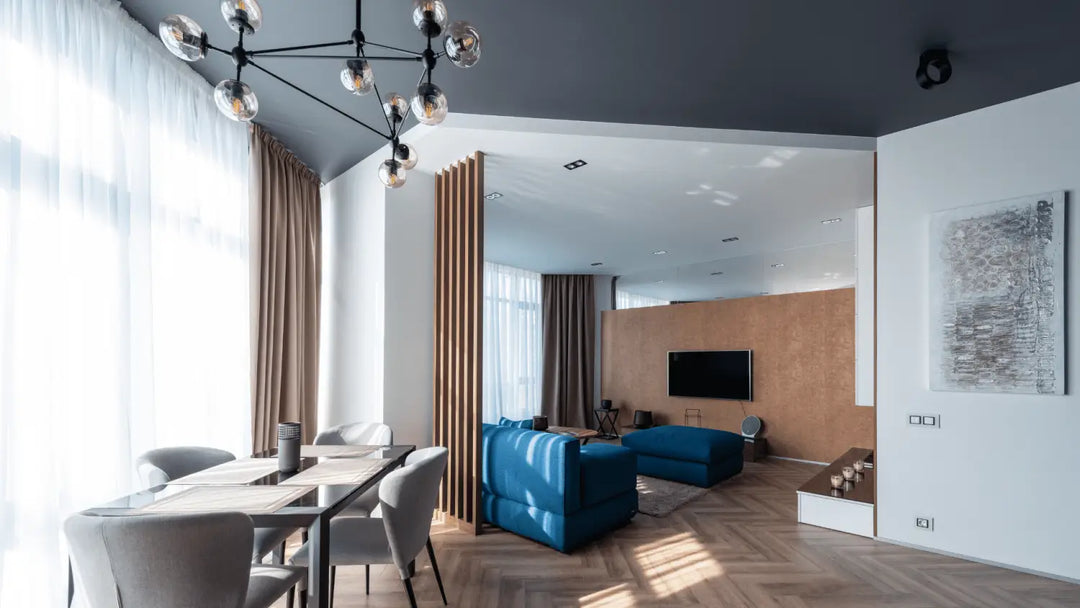
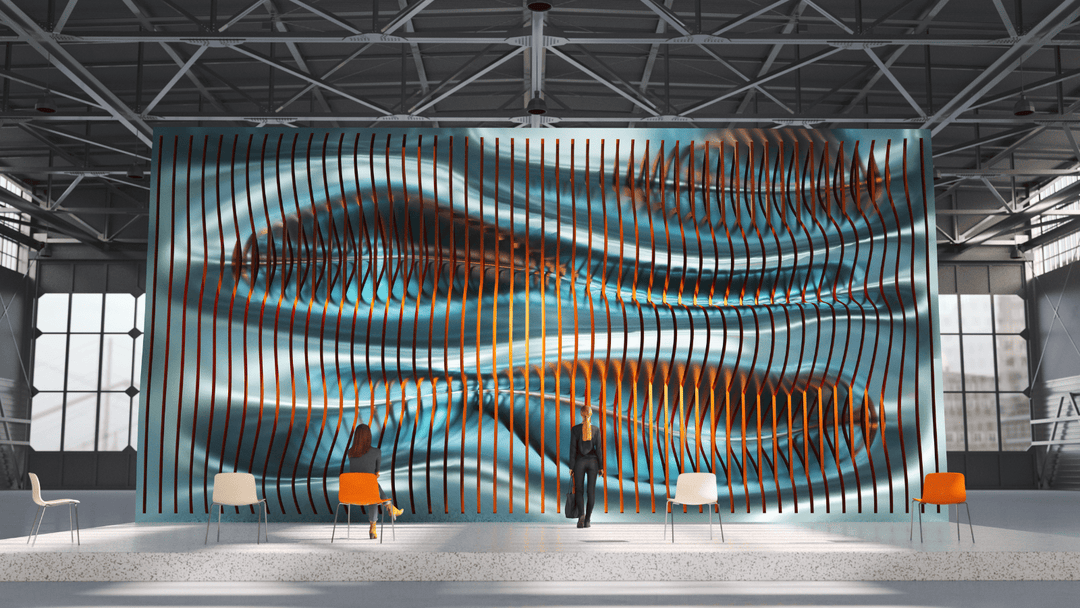
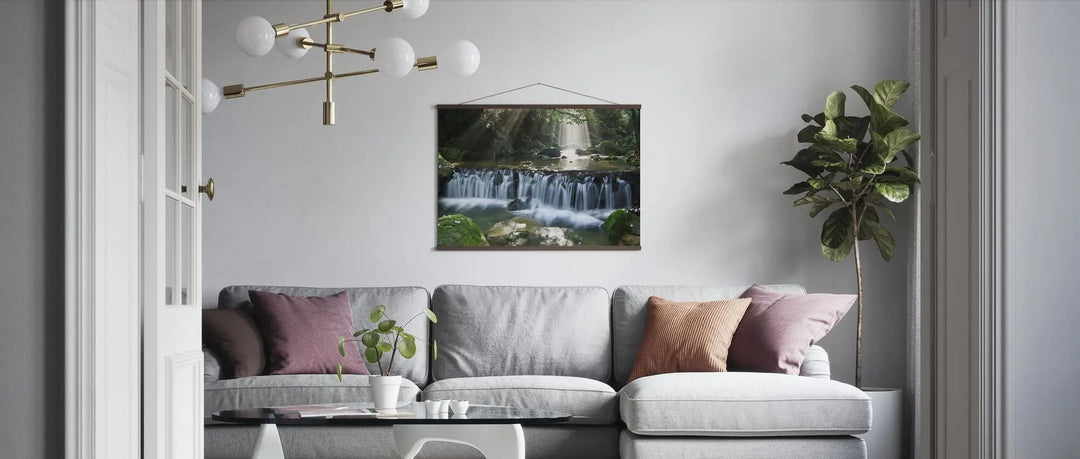
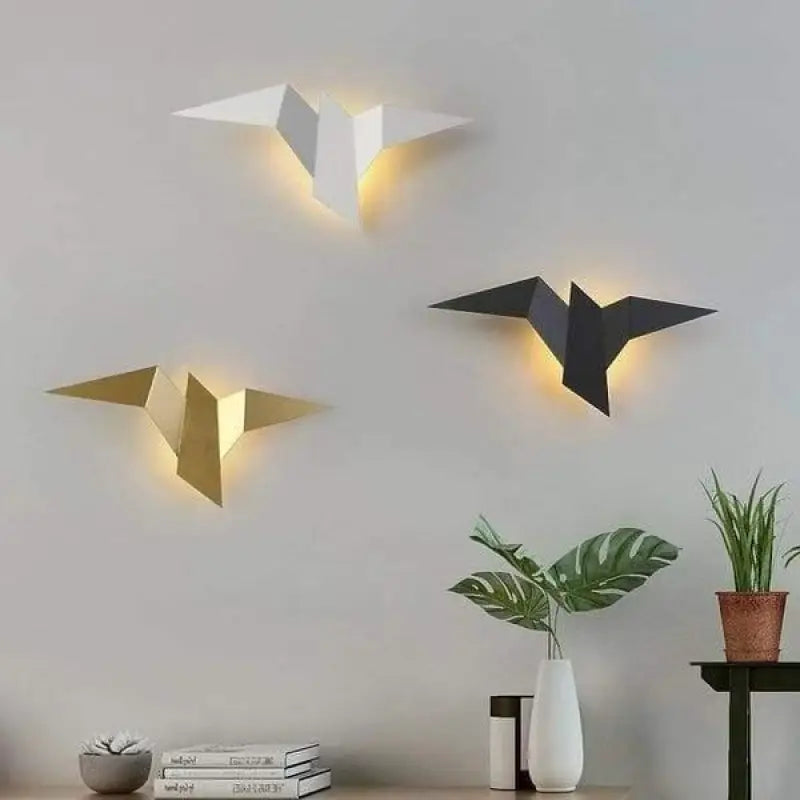


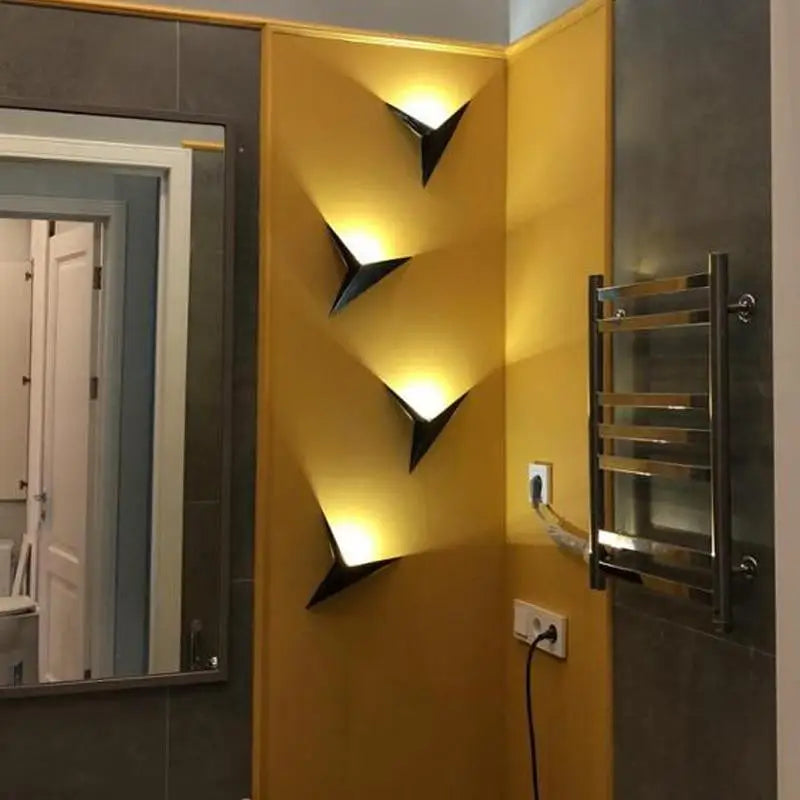
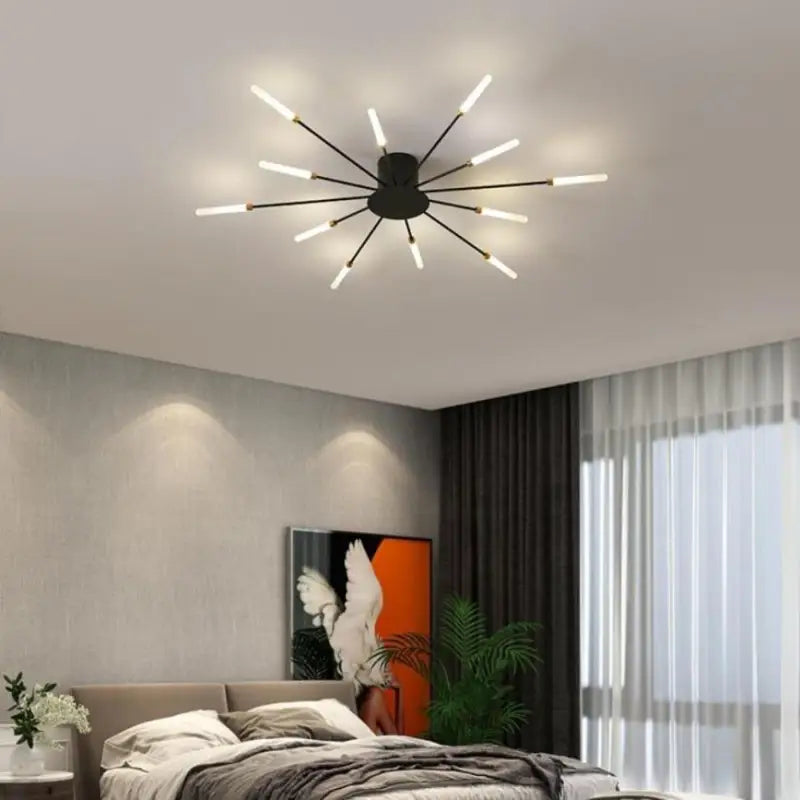
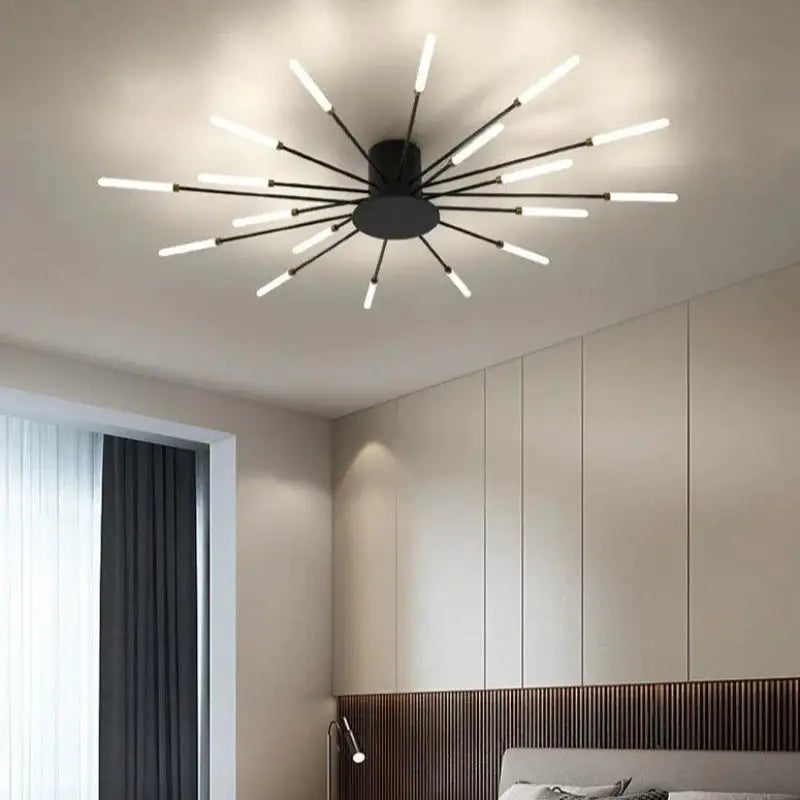
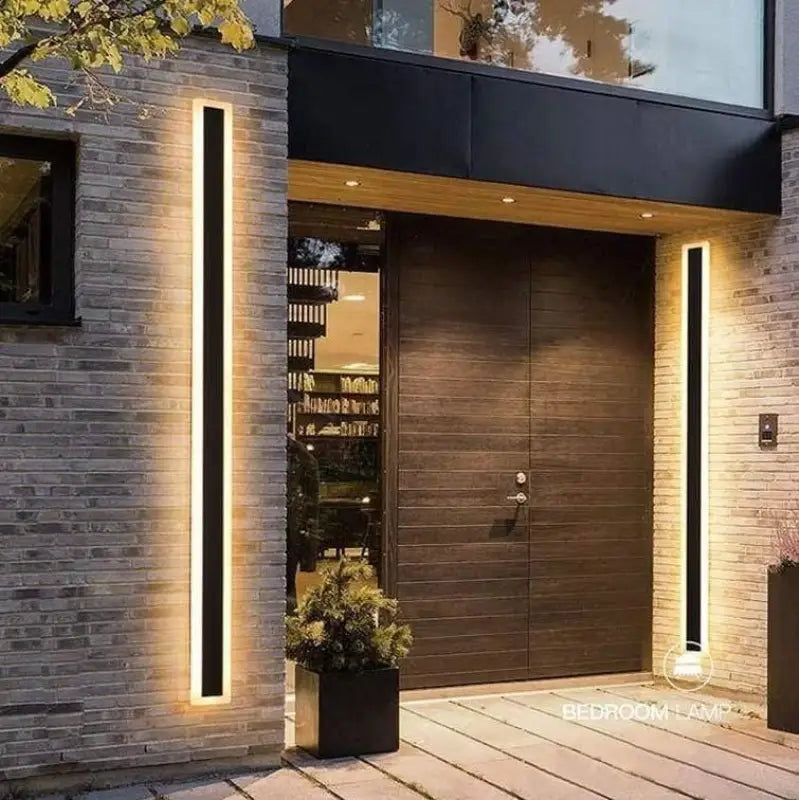
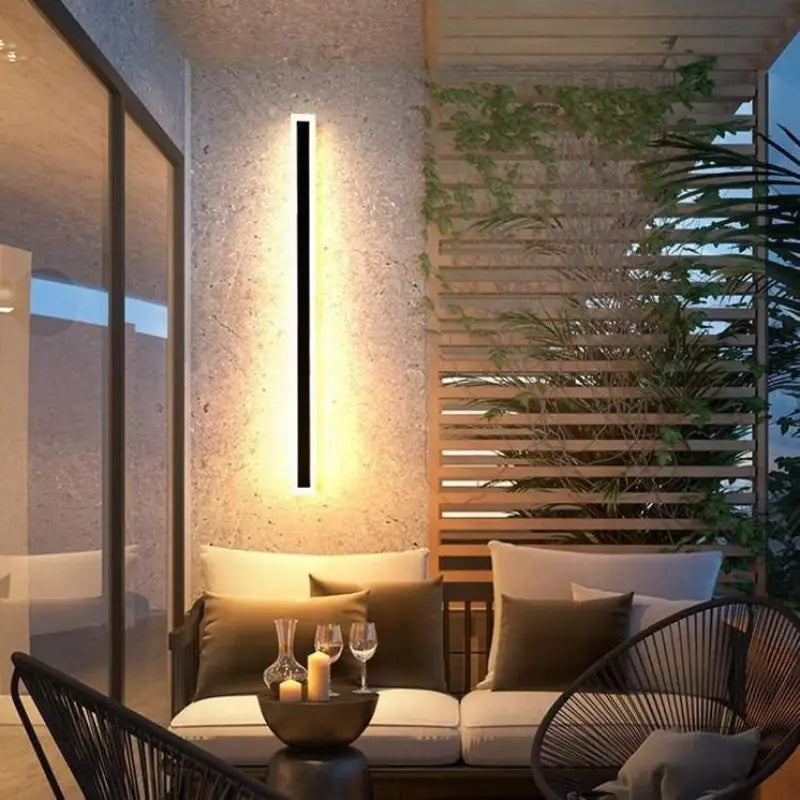
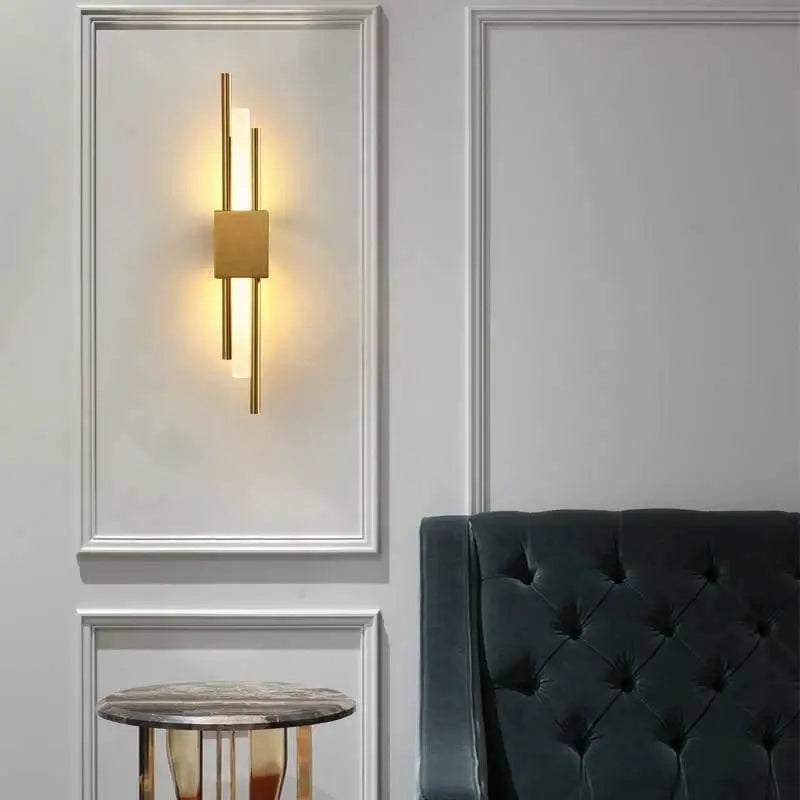
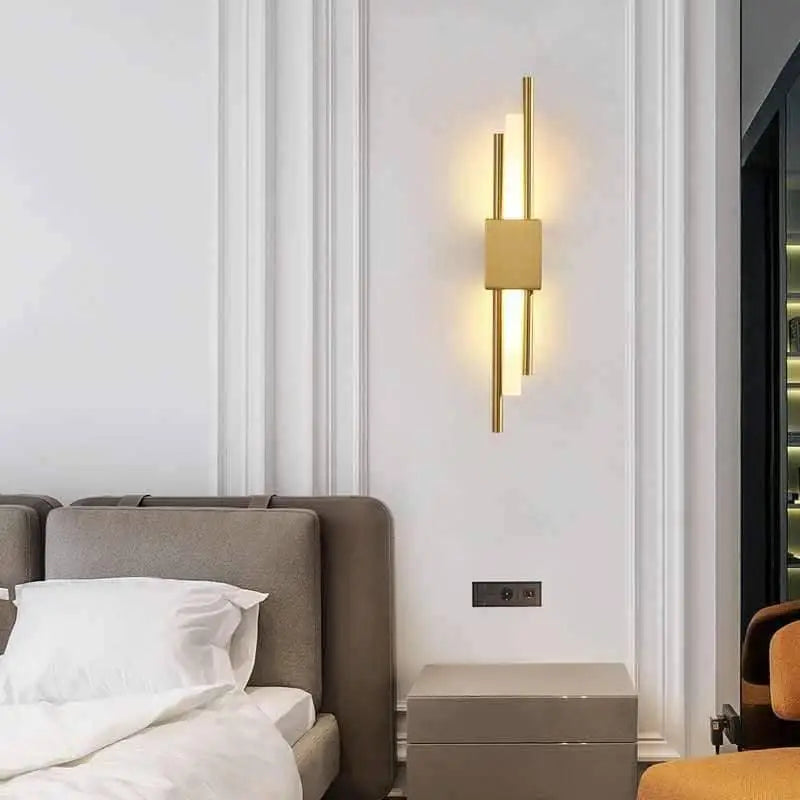
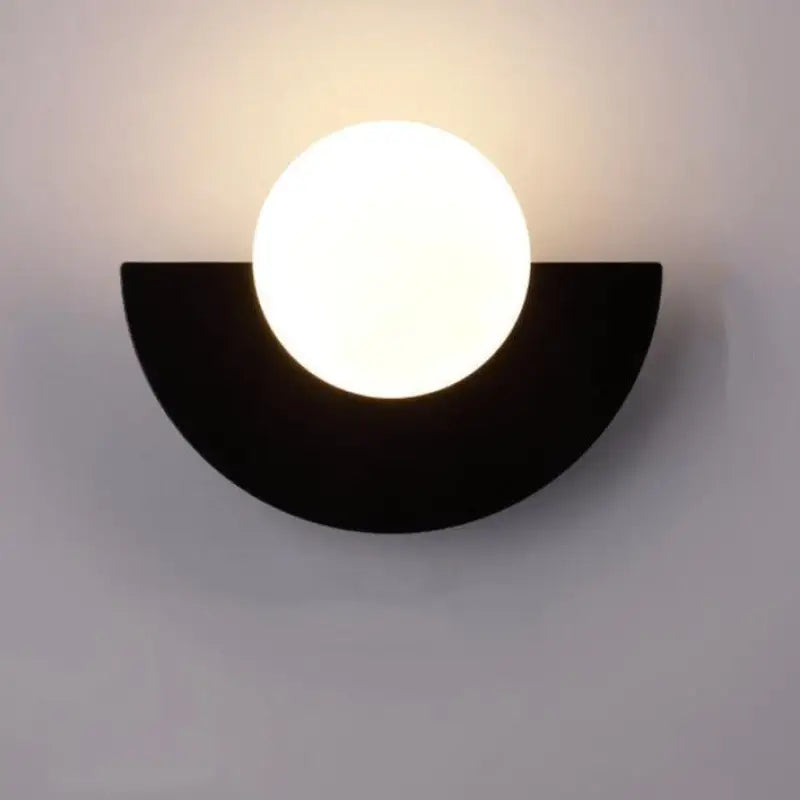
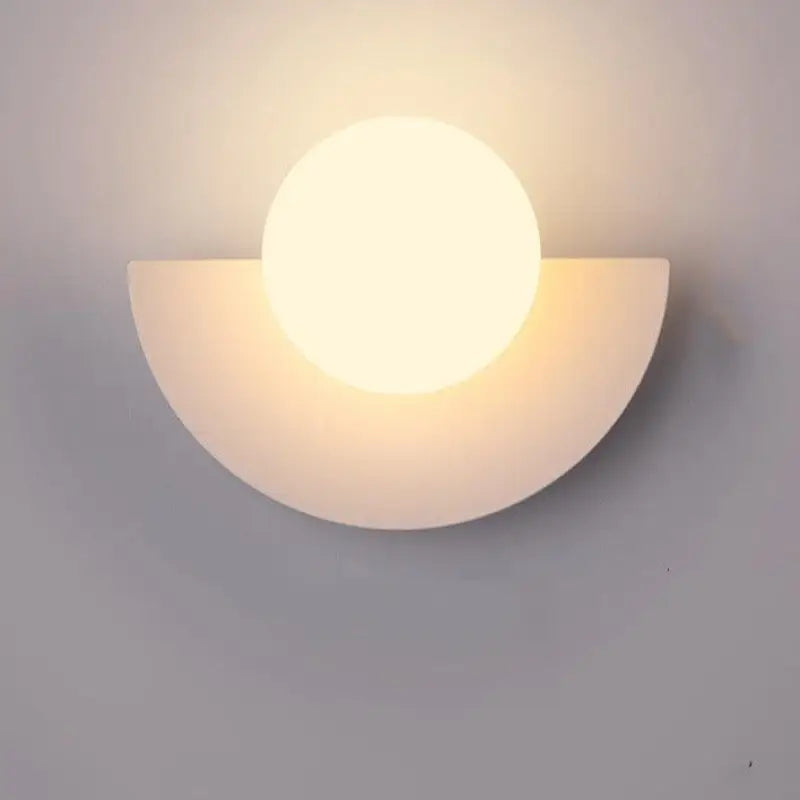


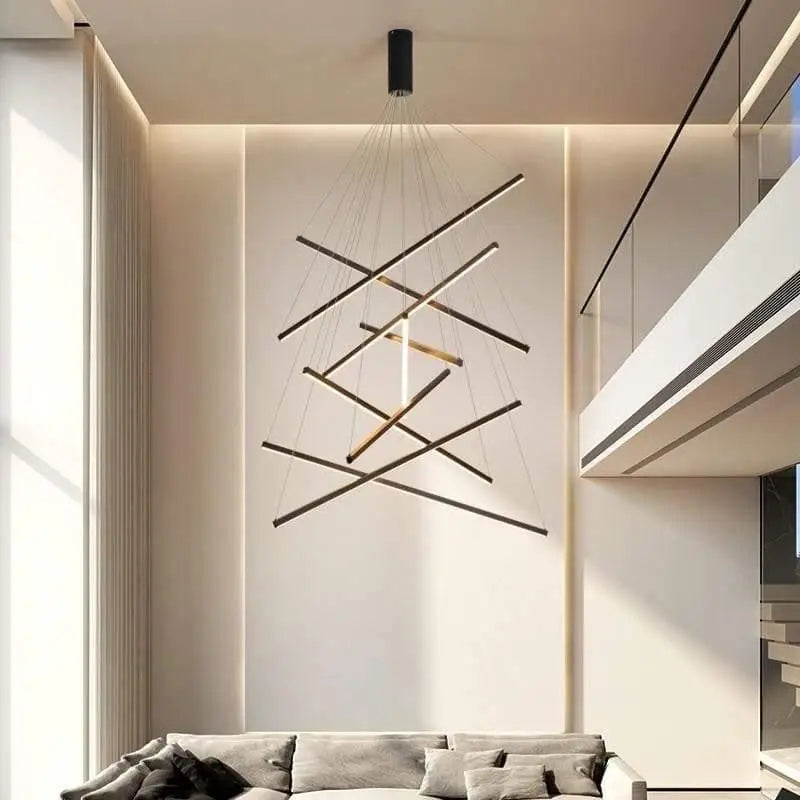
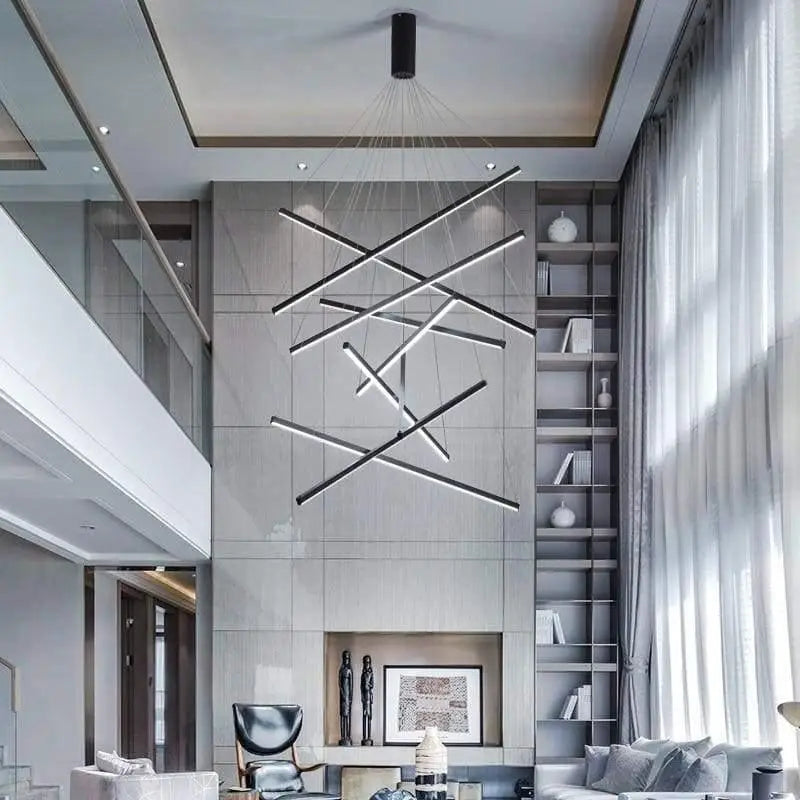
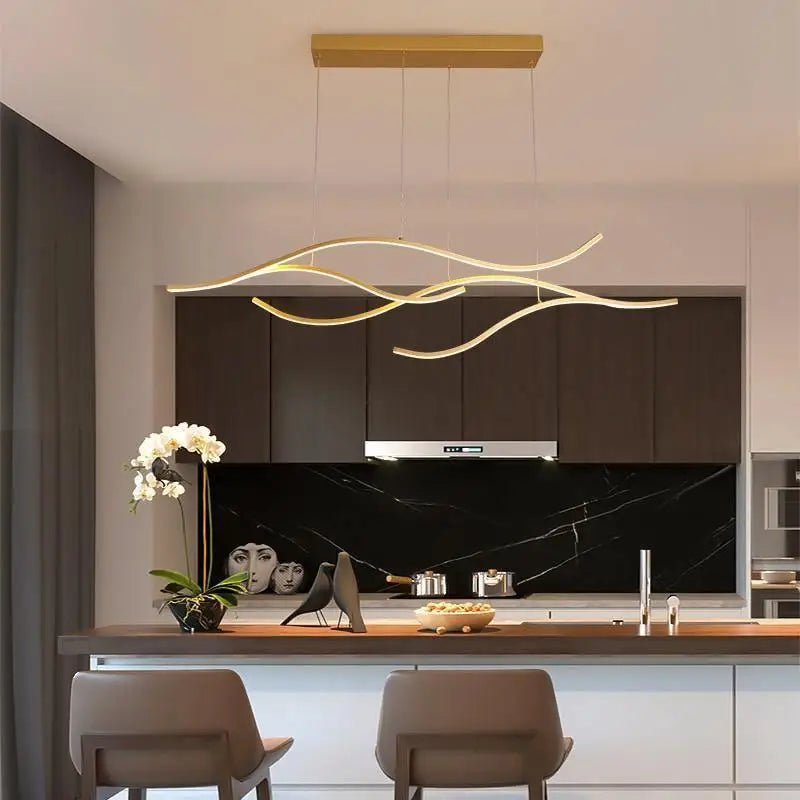

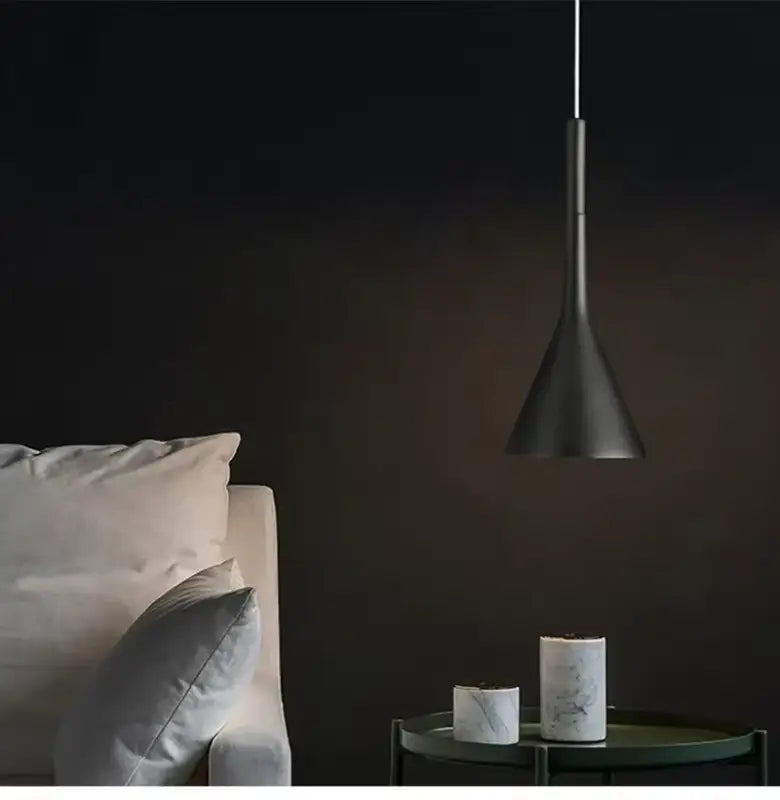
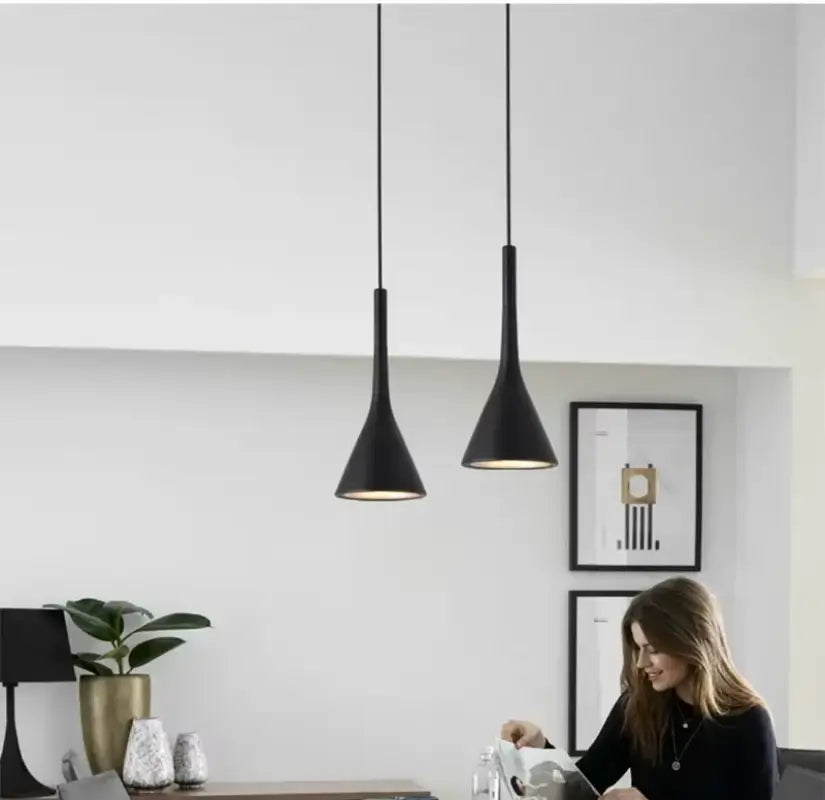
Leave a comment